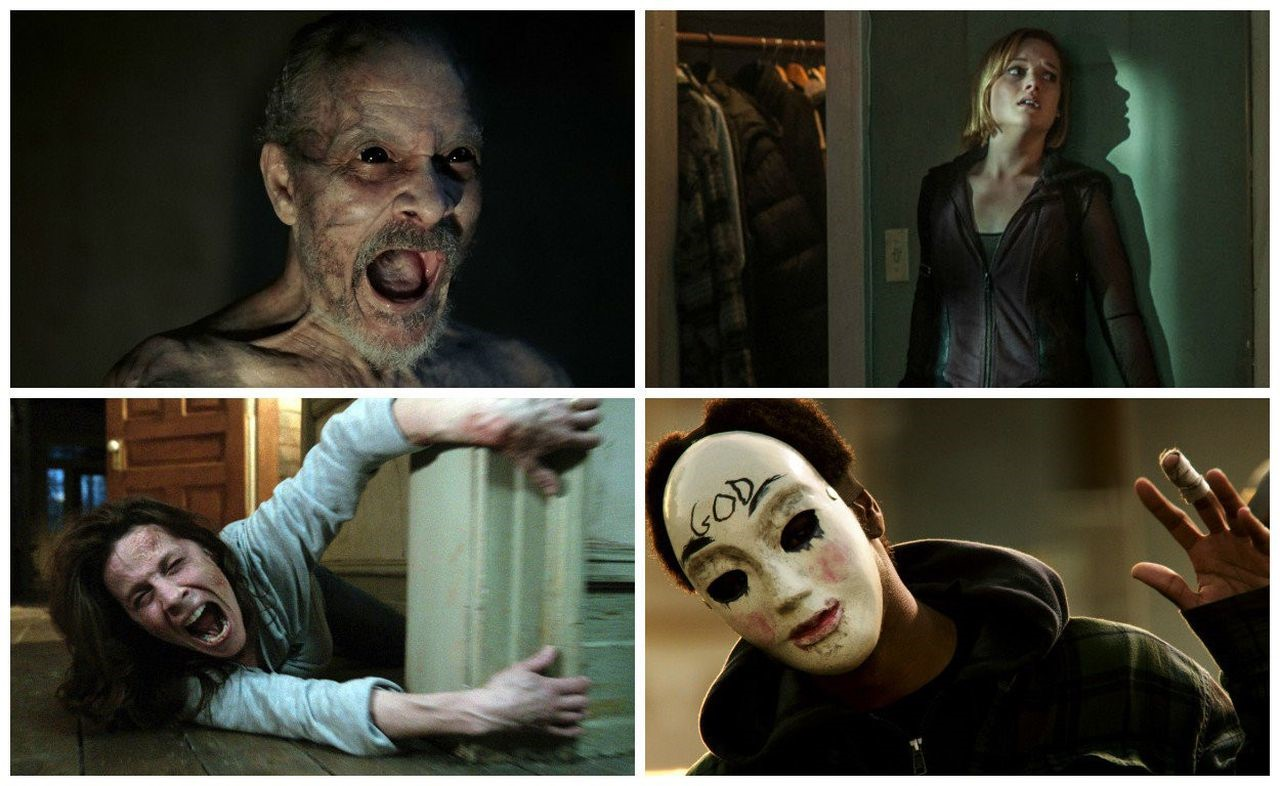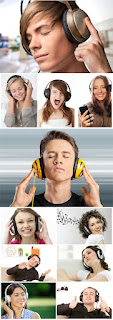Genre Research - Horror
Common Camera Angles:
Handheld camera shot:
This is used very often in horror films to add a sense of reality. It makes the audience feel involved and adds to the horror of the scene as you feel like you are there.
Low angles:
Low-angle shots are very powerful in the way they can emphasize just how scary or intimidating a villain is.
Tilted angle:
Tilt shots add a lot of dramatic tension to shots, and could simplify a supernatural being, for example pushing or moving the camera. Another great use for the tilt shot is to act as though the camera is a victim on the floor and you are seeing what they're seeing.
Close up:
Close ups that are used in these sort of genre are used to see reactions on the actors face. This is a shot that shows the most emotion from the characters. It is also used to capture detail in an important scene.
Tracking or panning shot:
These shots connotes movement. This is used very effectively in horror films to make out a character is being followed or watched. It also establishes a scene so the audience can see the full view. Another great use is as the camera is moving, the suspense builds up as you don't know what will be shown next.
Reverse:
This type of shot could also be very effective in horrors as it could show the consequences of actions and what would happen if you went back in time. It's a great way to signify flashbacks.
Birds eye/high angle:
These kinds of shots are used in horrors to make the figure or object that is being looked down upon seem completely powerless and vulnerable.
Common Mis-en scene:
Lighting and colors:
The lighting in horror movies are usually dark and atmospheric. This is used to create an effective setting and surrounding for a common jump-scare.
Sound:
Horror films are great at using sound to compound the anxiety you feel as you witness events unfold onscreen; a film’s score may feature a persistent low hum which only makes the creaking stairs and hushed whispers across a room more unsettling.
Costumes and Makeup:
Most persons (especially victims) in horror films appear to be dressed casually, yet their costumes are carefully chosen to hint to their position and personality in the film. If the victim were a teenage girl, her hair, makeup, and costume would indicate that she is not the film's innocent victim.
Settings and Props:
In most horror films, the scene is either a dark, rural place or a deserted spot where no one would be. The majority of the locations are deserted and remote. Throughout the film, this generates a sense of mystery and distrust. Weapons such as knives, axes, and chainsaws would be common props in horror films, as they would cause a long, horrible death. Because horror films are supposed to be highly brutal, the more violent the weapons are, the better the reaction to the picture will be.
Common Editing:
Horror films are carried by suspense and trademark editing techniques like the quick cut, a shot of a horrific image just briefly inserted amid a scene.
Common Sound:
The sound that can't be heard, infrasound, is crucial in generating an unsettling tone. Infrasound is a wavelength of sound that is just beyond the range of human hearing, but it still has the ability to cause a reaction in humans.
Example Films in the Genre:
It: Chapter 2 (2019)
A Quiet Place (2018)
A Quiet Place: Part II (2021)
Elements I would like and what I would use:
I'm not a huge fan of horror movies. One aspect of horror films that I enjoy is that the villains' identities are kept unknown. This adds to the film's intrigue by concealing the identity of the villain so that nobody knows who the villain is.
Elements I Don’t like and what I wouldn’t use:
One thing that I dislike about the horror genre is that I don’t like suspense building up as it makes it obvious that there will be a jumpscare.




Comments
Post a Comment